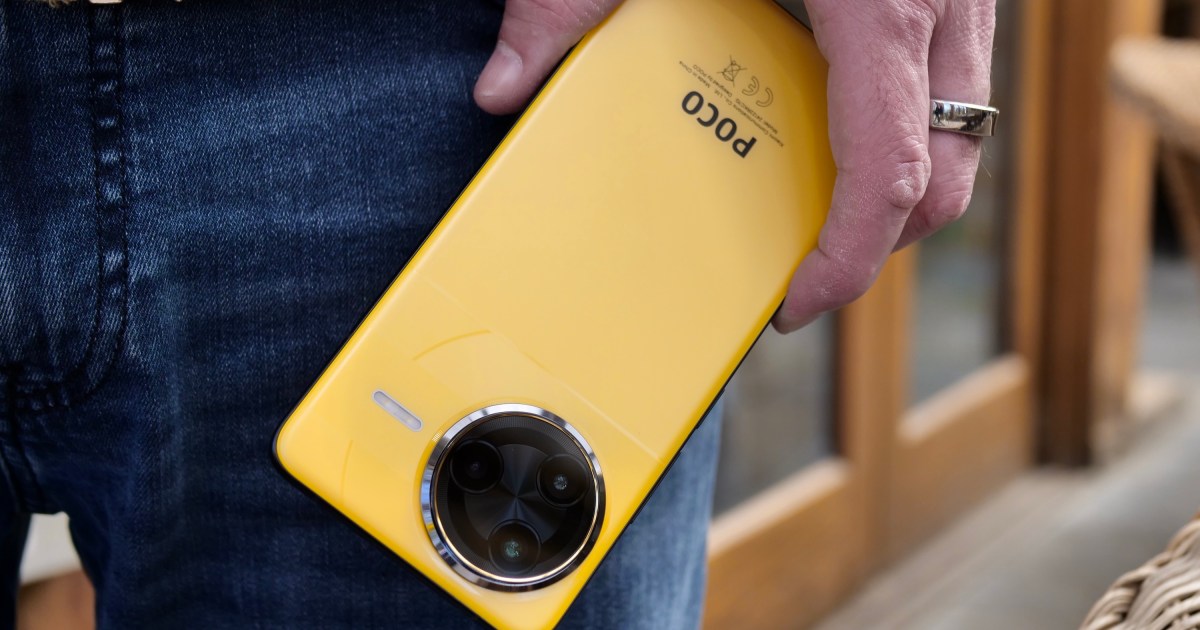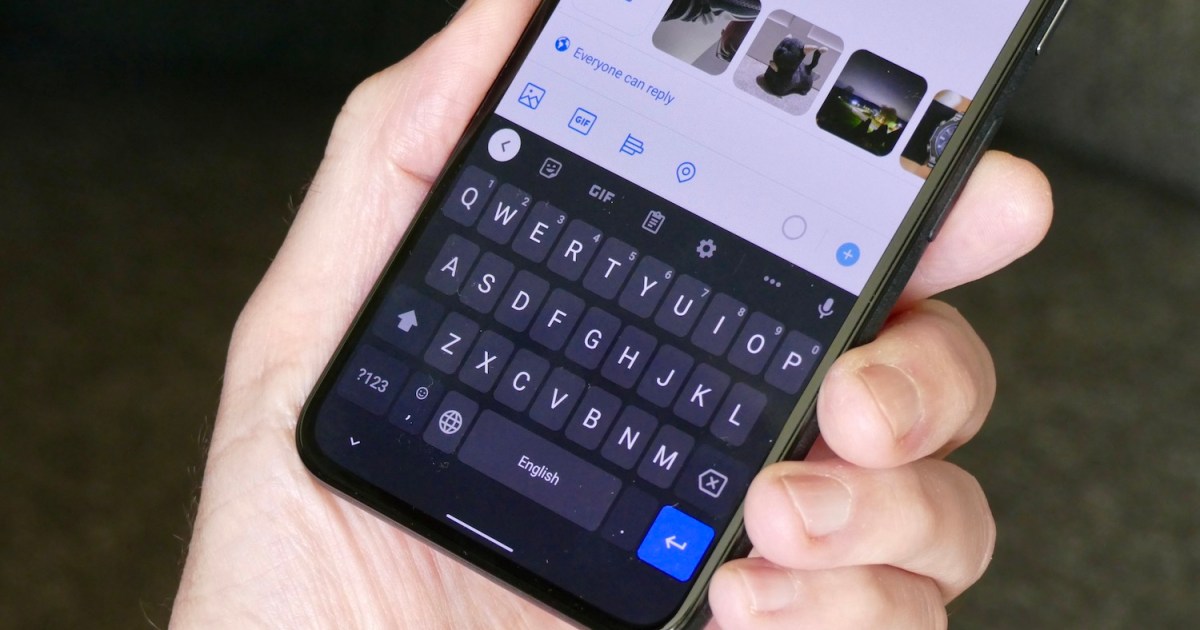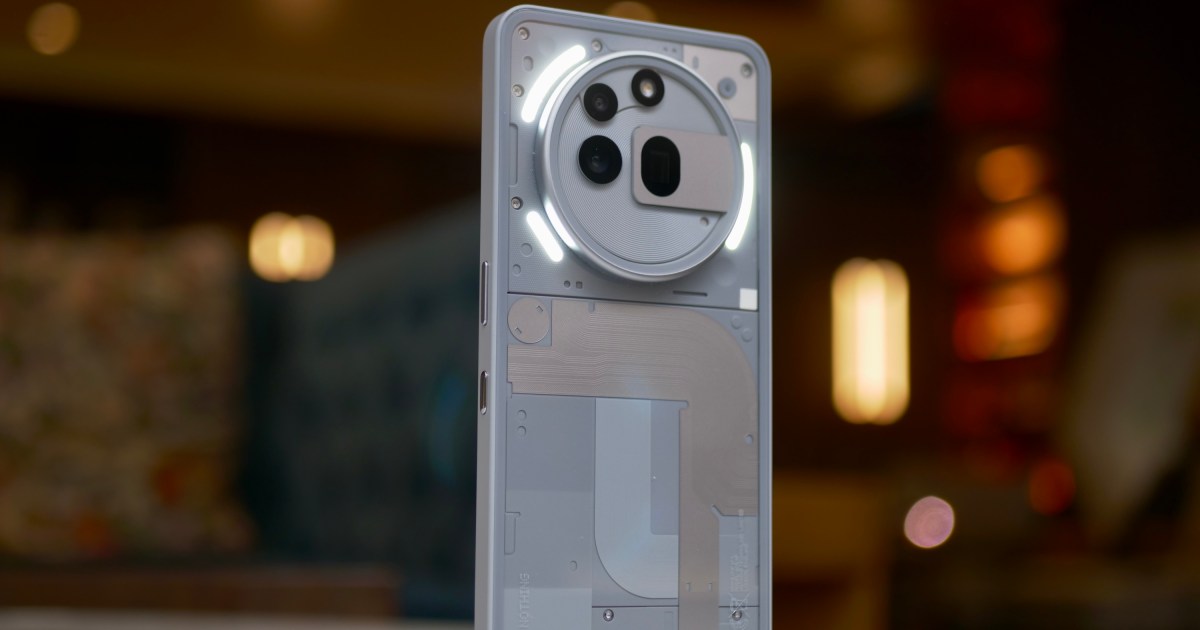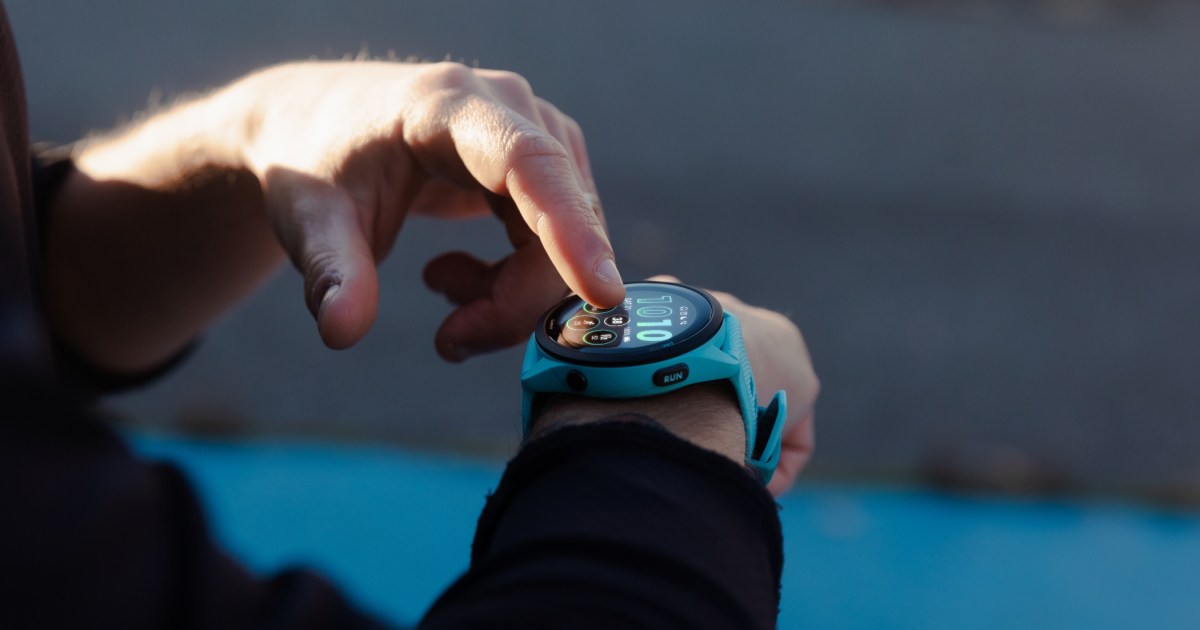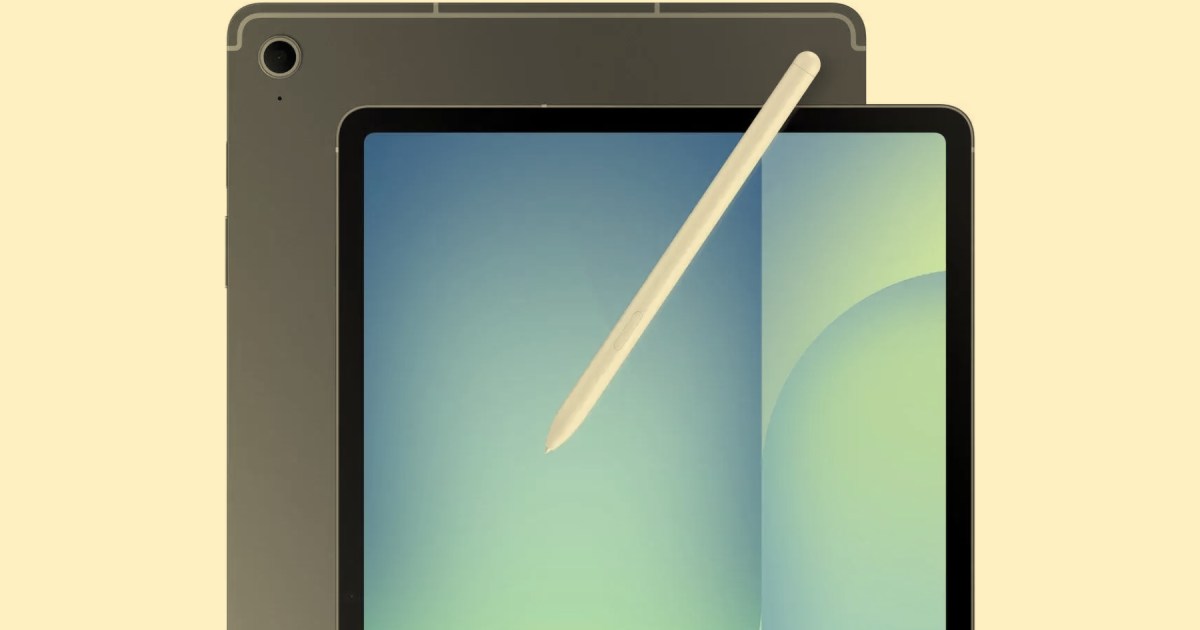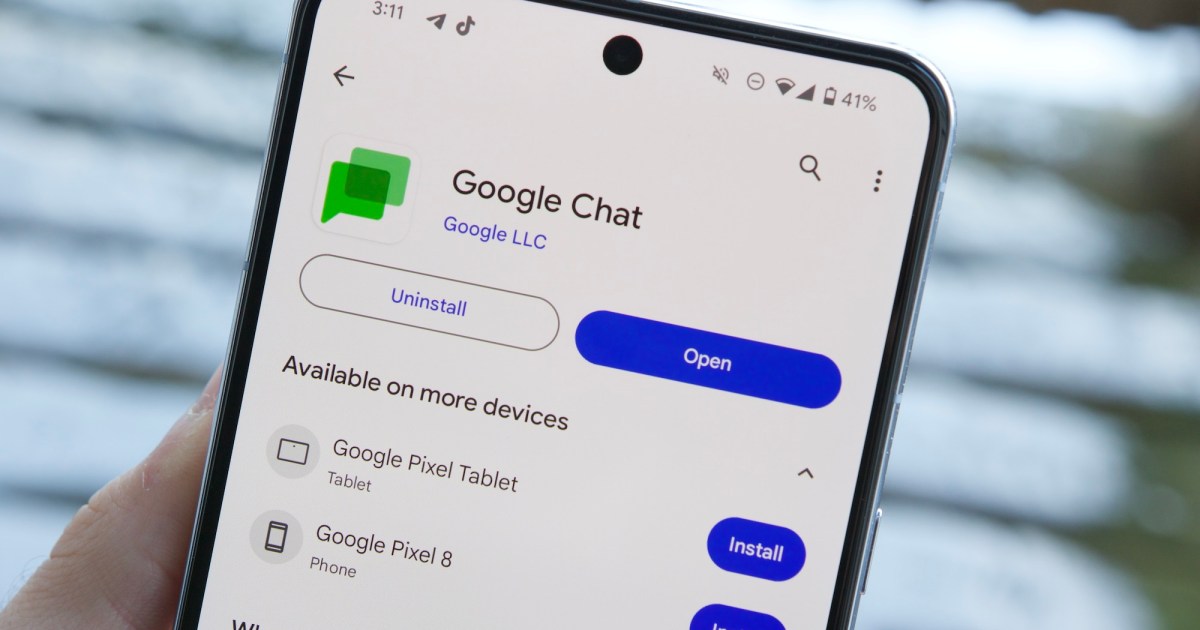The Poco F7 Ultra, Poco’s latest offering, marks a significant departure from its earlier models. From its understated design to the Poco-developed technology within, this flagship-specification smartphone promises a new experience. But does it truly represent a new chapter for the brand? I used the Poco F7 Ultra as my primary phone to find out.
Design and Durability
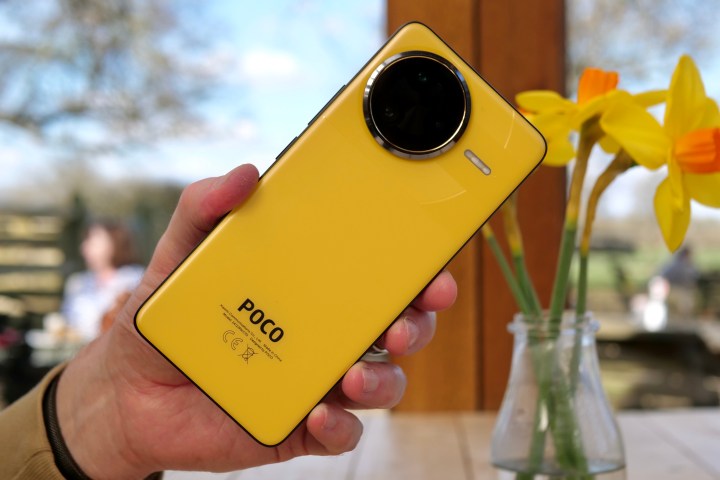 A person holding the Poco F7 Ultra.
A person holding the Poco F7 Ultra.
The F7 Ultra’s metal and glass construction, coupled with a dual glossy/matte finish, gives it a distinctive look. The signature Poco yellow color returns, vibrant yet refined, and looks stunning in sunlight. The quad-curved rear glass ensures a comfortable grip, and the device feels well-balanced despite its 212-gram weight. The IP68 dust and water resistance rating adds to its durability. However, the “Poco Shield Glass” protecting the display remains an unknown compared to Corning’s Gorilla Glass. The pre-installed screen protector is subpar, attracting fingerprints and smudges that are difficult to remove.
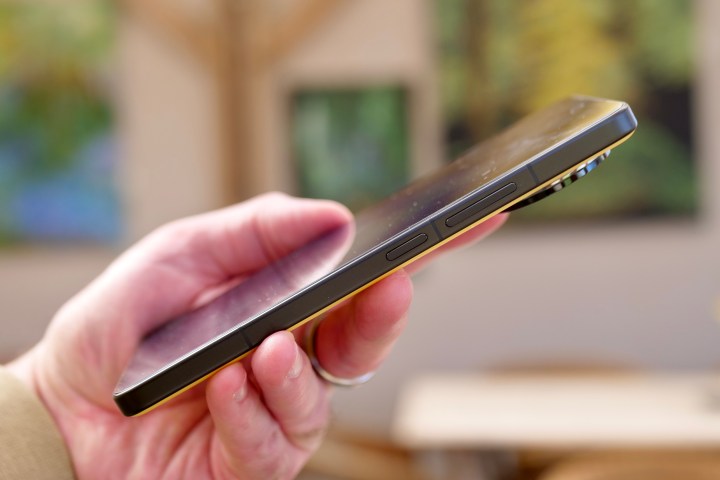 The side of the Poco F7 Ultra.
The side of the Poco F7 Ultra.
While the “Ultra” moniker might suggest a device rivaling the likes of the Samsung Galaxy S25 Ultra or Xiaomi 15 Ultra, the F7 Ultra positions itself more like the Asus Zenfone 12 Ultra – a high-spec phone, but not a groundbreaking technological showcase. This isn’t necessarily a drawback, as its strengths lie in its appealing design, comfortable feel, and robust build.
Camera Performance
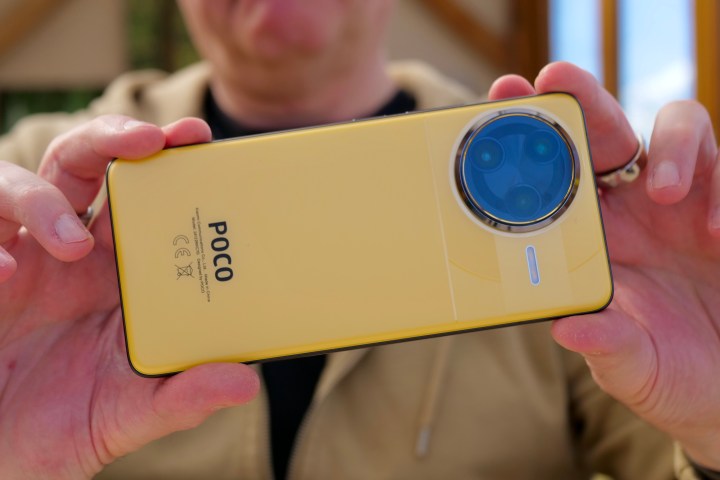 A person holding the Poco F7 Ultra.
A person holding the Poco F7 Ultra.
The F7 Ultra boasts a triple rear camera setup: a 50MP main camera with OIS, a 50MP telephoto lens with 2.5x optical zoom, and a 32MP wide-angle lens. A 32MP selfie camera rounds out the package. Poco’s proprietary AISP (AI Image Signal Processor) further enhances the camera’s capabilities. The camera delivers solid performance with bright, vivid colors, good dynamic range, and impressive detail from the primary sensor. Images have a pleasing pop without being overly saturated. The 32MP wide-angle lens is a welcome upgrade, producing detailed images despite some noise. The standout feature is the 2.5x optical zoom, capturing sharp detail, realistic textures, and natural colors. While the camera app offers a 5x hybrid zoom mode, the advertised 20x UltraZoom mode is underwhelming.
 A photo taken with the Poco F7 Ultra.
A photo taken with the Poco F7 Ultra.
 A photo taken with the Poco F7 Ultra.
A photo taken with the Poco F7 Ultra.
 A photo taken with the Poco F7 Ultra.
A photo taken with the Poco F7 Ultra.
Overall, the F7 Ultra’s camera system, especially the telephoto lens, is arguably the best seen on a Poco phone to date.
Performance and Gaming
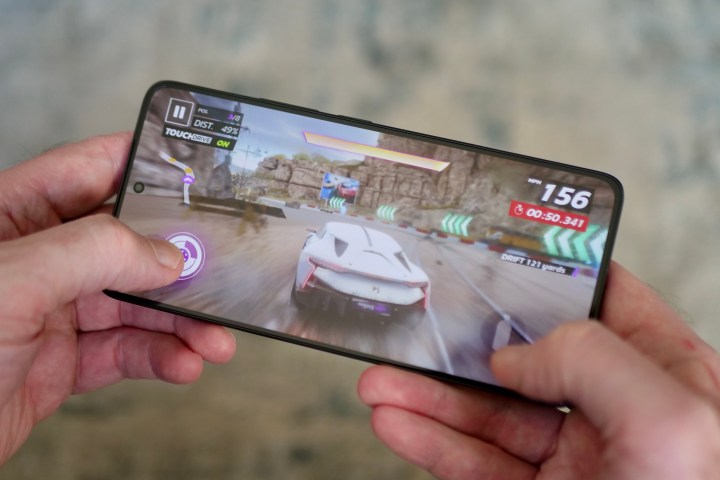 A person playing a game on the Poco F7 Ultra.
A person playing a game on the Poco F7 Ultra.
The Snapdragon 8 Elite chipset, paired with 12GB or 16GB of RAM, powers the F7 Ultra. Poco’s VisionBoost D7 GPU and WildBoost Optimization 4.0 enhance gaming performance, while a liquid cooling system helps manage heat. However, the F7 Ultra’s thermal management is a slight concern. While gaming performance was generally smooth, the phone became noticeably warm in everyday use. Benchmarking with 3DMark was not possible due to compatibility issues. While video recording tests didn’t reveal excessive heat, further investigation into thermal performance in hot environments is warranted.
 A person holding the Poco F7 Ultra using Chrome.
A person holding the Poco F7 Ultra using Chrome.
Benchmark scores trailed other devices with the same processor, possibly due to software optimization or thermal limitations. While general performance and camera usage remained unaffected, hardcore gamers might prefer alternatives like the Asus ROG Phone 9 Pro.
Display and Software
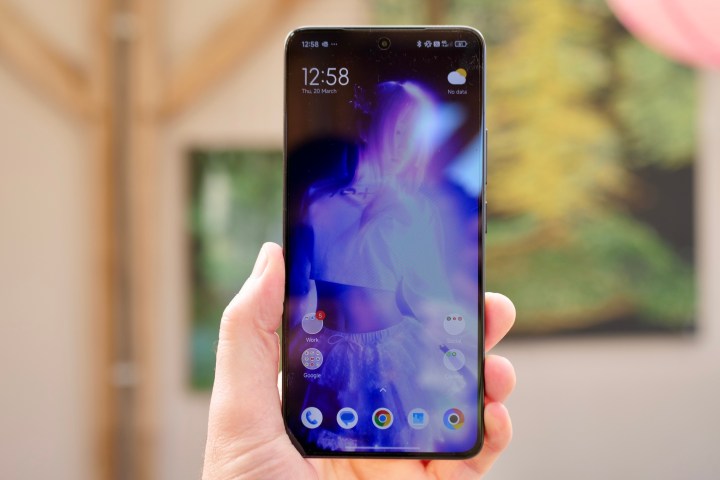 A person holding the Poco F7 Ultra.
A person holding the Poco F7 Ultra.
The 6.67-inch AMOLED display with a 120Hz refresh rate and 3200 x 1440 resolution sounds promising, but the pre-applied screen protector diminishes its visual appeal and introduces reflectivity. While Poco boasts a high brightness mode, activating it proved challenging, resulting in a dull display in sunlight.
Xiaomi’s HyperOS 2, seen on the Xiaomi 15 Ultra, is a welcome improvement over previous Poco software iterations. The clean interface, smooth performance, and reliable operation are positive aspects. However, annoying system notifications and numerous pre-installed apps detract from the experience. Furthermore, ads and microtransactions within system services like Themes and wallpapers are intrusive. While HyperOS 2 shows promise, it lacks the intuitive design and refined functionality of One UI 7 or OxygenOS.
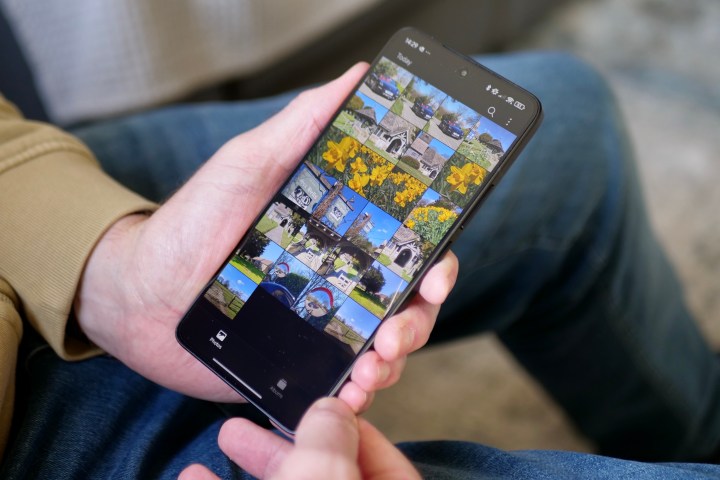 The Gallery app on the Poco F7 Ultra.
The Gallery app on the Poco F7 Ultra.
The display is arguably the F7 Ultra’s weakest point, preventing it from competing with flagship displays on devices like the Galaxy S25 Ultra and OnePlus 13.
Battery and Charging
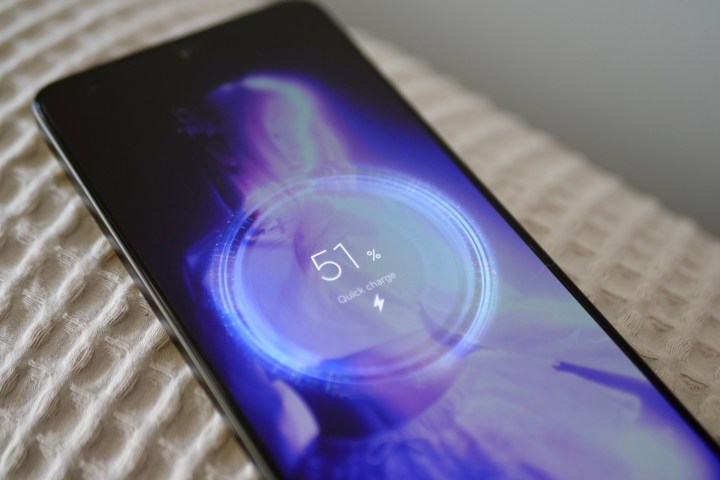 The Poco F7 Ultra on charge.
The Poco F7 Ultra on charge.
The inclusion of a 120W HyperCharge adapter and USB-C cable is a welcome surprise. The 5,300mAh battery reaches 50% in just 14 minutes and fully charges in 35 minutes. 50W wireless charging and reverse wireless charging are also supported. This rapid charging speed significantly alleviates battery anxiety. Battery life itself is good, offering around five hours of screen-on time with typical usage.
Conclusion
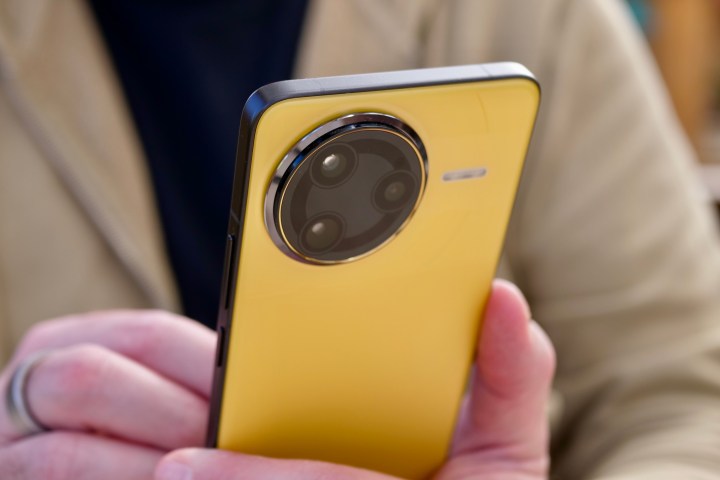 A person holding the Poco F7 Ultra.
A person holding the Poco F7 Ultra.
The Poco F7 Ultra represents a clear effort by Poco to elevate its offerings. The custom GPU, ISP, and software optimizations demonstrate a commitment to innovation. The camera, especially the telephoto lens, and the incredibly fast charging are standout features. However, the subpar display holds it back from competing with true flagship smartphones. While it’s the best Poco phone to date, it falls short of exceeding competitors like the OnePlus 13R and Google Pixel 9, primarily due to its display.



